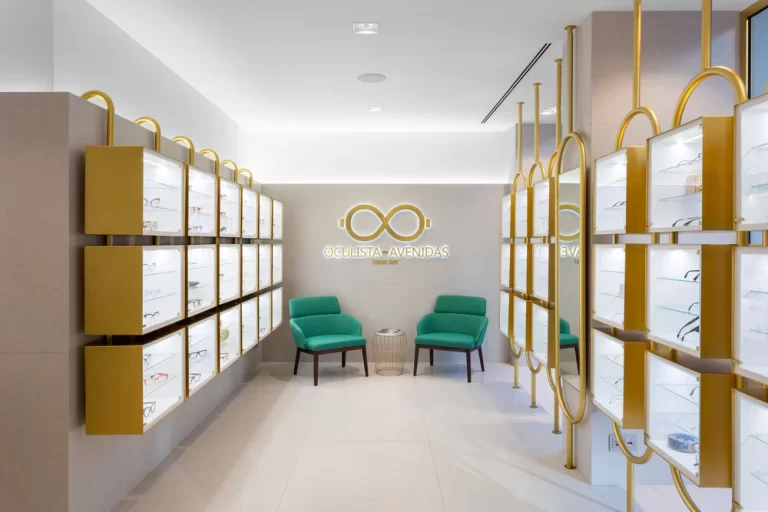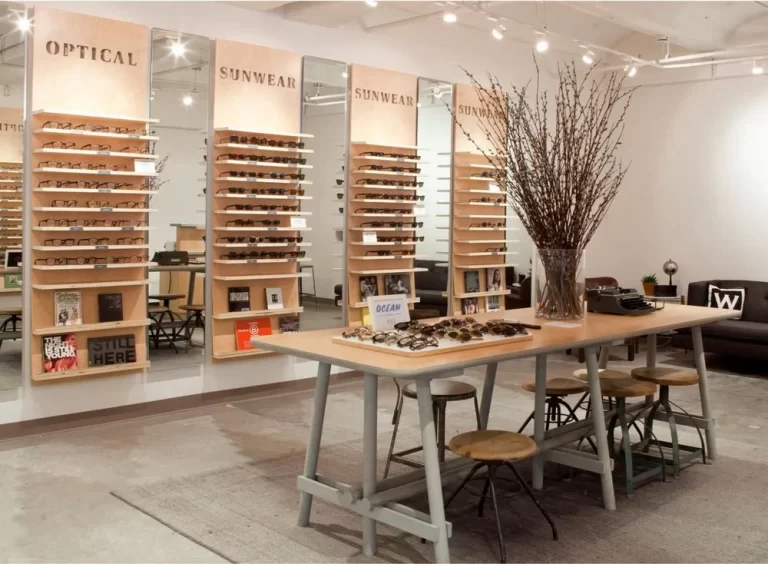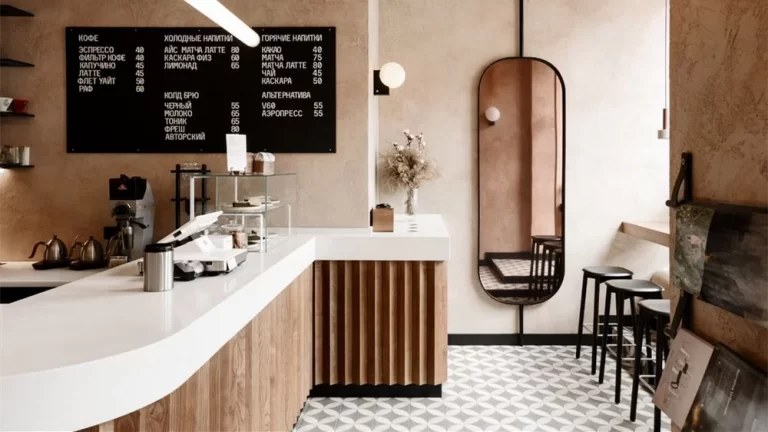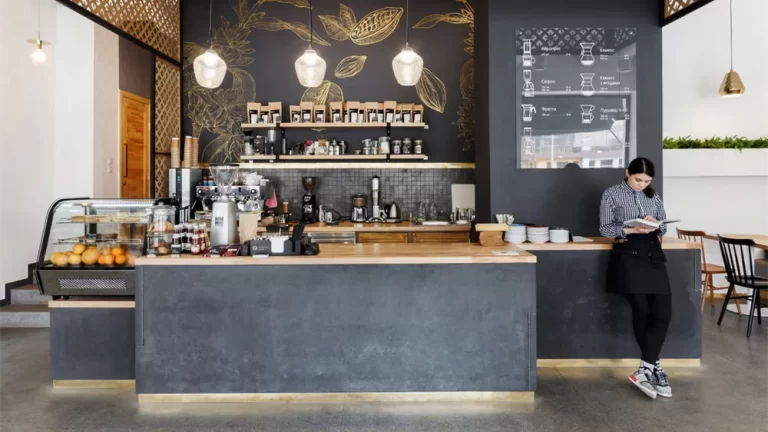Modular Glasses Display Design & Application: A Guide for US Retailers
In the fast-paced US eyewear market, adaptability is key. Retailers are increasingly turning to modular glasses display cabinets to create dynamic, customer-centric spaces that evolve with trends and consumer demands. These customizable solutions not only maximize store layouts but also elevate brand appeal. This guide dives into the design, benefits, and practical applications of modular displays, tailored for American optical shops looking to stay ahead.
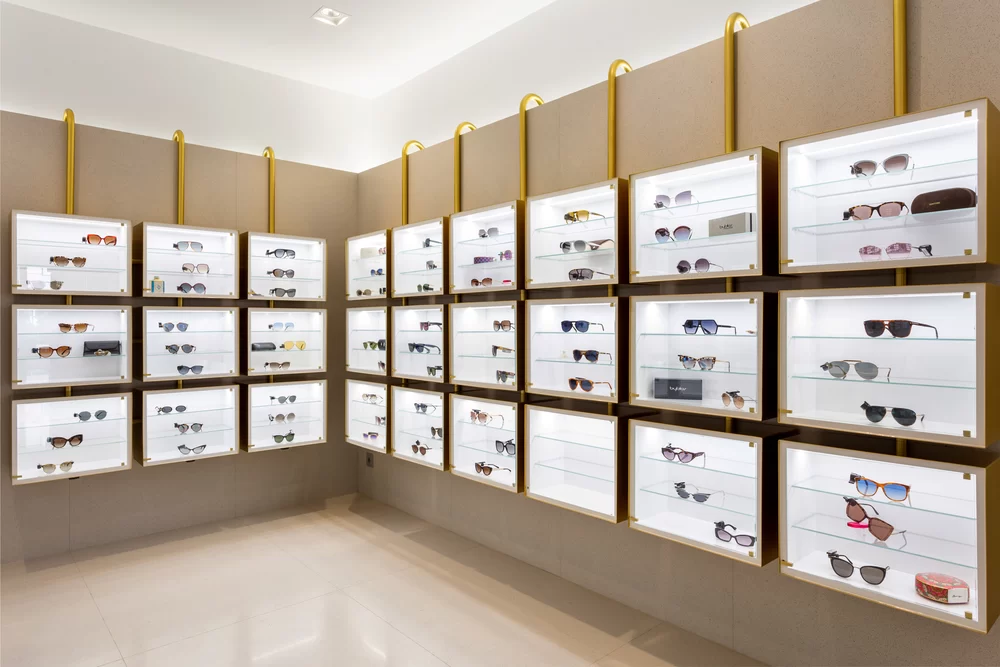
Why Modular Glasses Display Design Matters in the US
The US retail landscape thrives on innovation and personalization. Traditional static displays are giving way to modular glasses display cabinets, which offer unmatched flexibility. Here’s why they’re becoming essential:
Key Takeaways:
-
Space Efficiency: Adapt displays to fit small boutiques or large stores.
-
Brand Versatility: Mix and match components to reflect seasonal themes or brand campaigns.
-
Cost-Effectiveness: Expand or reconfigure displays without full overhauls.
-
Customer Engagement: Create interactive zones that encourage exploration.
Benefits of Modular Glasses Display Cabinets
1. Flexibility for Every Store Layout
Modular systems allow retailers to customize displays based on floor space. For example:
-
Wall-Mounted Units: Ideal for compact urban stores.
-
Freestanding Towers: Perfect for highlighting premium collections in spacious settings.
-
Mobile Bases: Easily reposition displays for pop-up events or promotions.
2. Scalability for Growing Businesses
Start with a basic setup and add modules as your inventory expands. This “pay-as-you-grow” approach reduces upfront costs.
3. Enhanced Visual Merchandising
Rotate shelves, adjust lighting, and swap signage to keep displays fresh. Modular designs let you experiment with layouts that highlight bestsellers or seasonal styles.
4. Sustainability
Many modular systems use eco-friendly materials like recycled aluminum or low-VOC finishes, aligning with the preferences of 60% of US consumers who prioritize sustainable brands.
Top Trends in Modular Display Design for US Optical Shops
1. Tech-Integrated Displays
Combine physical and digital experiences:
-
Smart Lighting: LED strips with adjustable color temperatures to match frame aesthetics.
-
Touchscreen Panels: Embed screens for product details, virtual try-ons, or styling tips.
2. Bold Geometric Shapes
Hexagonal shelves, circular towers, and asymmetrical arrangements create visual intrigue, especially in trendy urban markets like Los Angeles or Miami.
3. Mixed Material Finishes
Pair sleek metals with warm wood accents for a modern-rustic blend, popular in regions like the Pacific Northwest.
4. ADA-Compliant Designs
Ensure displays are accessible to all customers:
-
Height-adjustable shelves for wheelchair users.
-
Clear pathways (36+ inches wide) between units.
How to Choose the Right Modular Glasses Display Cabinet
Below is a comparison of popular modular display types in the US market:
| Type | Best For | Materials | Key Features |
|---|---|---|---|
| Grid Wall Systems | Versatile styling | Powder-coated steel | Interchangeable hooks, shelves |
| Stackable Cubes | Budget-friendly scalability | Recycled plastic | Lightweight, easy to assemble |
| Magnetic Panel Displays | High-end boutiques | Aluminum, acrylic | Tool-free reconfiguration |
| Rotating Carousels | High-traffic areas | Tempered glass, metal | 360° visibility, holds 50+ frames |
Key Considerations:
-
Durability: Opt for scratch-resistant surfaces in busy stores.
-
Lighting: Integrated LEDs reduce clutter and enhance frame details.
-
Brand Consistency: Choose finishes that align with your shop’s color scheme.
5 Tips for Maximizing Modular Display Applications
1. Zone Your Store Strategically
Use modular units to define areas:
-
New Arrivals: Place near the entrance.
-
Luxury Frames: Elevate with backlit displays.
-
Kids’ Section: Lower shelves with playful colors.
2. Rotate Displays Seasonally
Swap out summer sunglasses for winter blue-light glasses using the same framework. This keeps the store feeling current without major redesigns.
3. Prioritize Customer Interaction
Add QR codes to displays linking to video tutorials or customer reviews.
4. Leverage Vertical Space
Install wall-mounted modules above eye level to showcase lesser-seen styles without crowding the floor.
5. Test Layouts with 3D Software
Tools like SketchUp or AutoCAD help visualize configurations before investing in physical units.
Case Study: A New York Optical Shop’s Success
A Manhattan-based retailer boosted sales by 40% after adopting modular displays:
-
Customizable Grid Walls: Allowed weekly layout updates to match fashion trends.
-
Interactive Kiosks: Let customers explore lens options digitally.
-
Eco-Friendly Materials: Attracted environmentally conscious shoppers.
Key Takeaways for US Retailers
-
Adaptability Wins: Modular designs future-proof your store against changing trends.
-
Tech Enhances Experience: Smart features bridge online and offline shopping.
-
Sustainability Sells: Eco-conscious materials resonate with US consumers.
-
Accessibility Matters: ADA compliance builds inclusivity and trust.
Conclusion: Embrace Modularity for Retail Success
In the competitive US eyewear market, modular glasses display cabinets are no longer a luxury—they’re a necessity. By offering flexibility, scalability, and endless creative possibilities, these systems empower retailers to craft immersive shopping experiences that drive loyalty and sales.
Whether you’re revamping a boutique or launching a chain, modular design ensures your store stays agile, relevant, and ready for whatever the future holds.
Ready to Transform Your Store? Explore our range of modular glasses display cabinets or consult our US design experts for a tailored solution!

